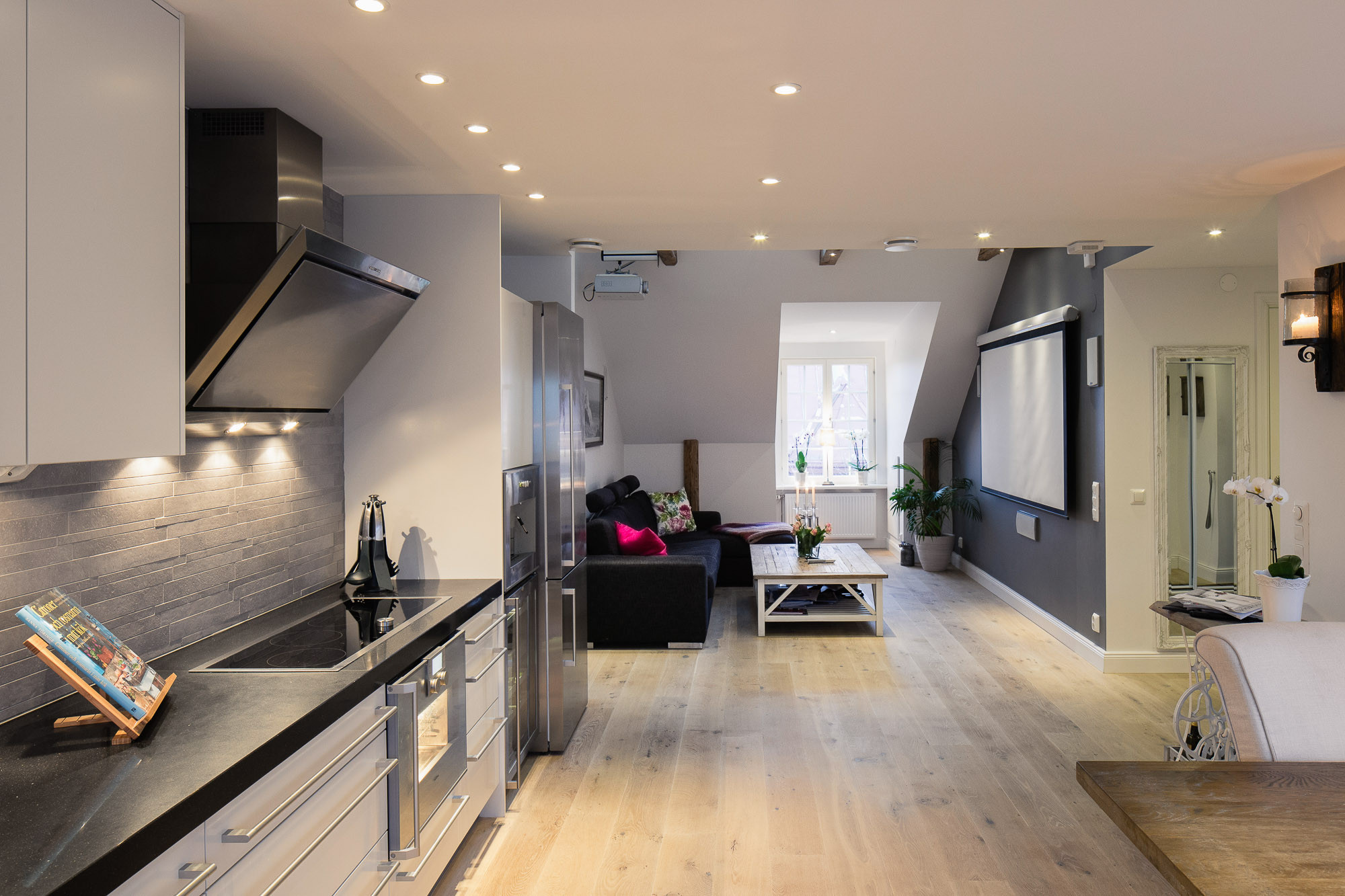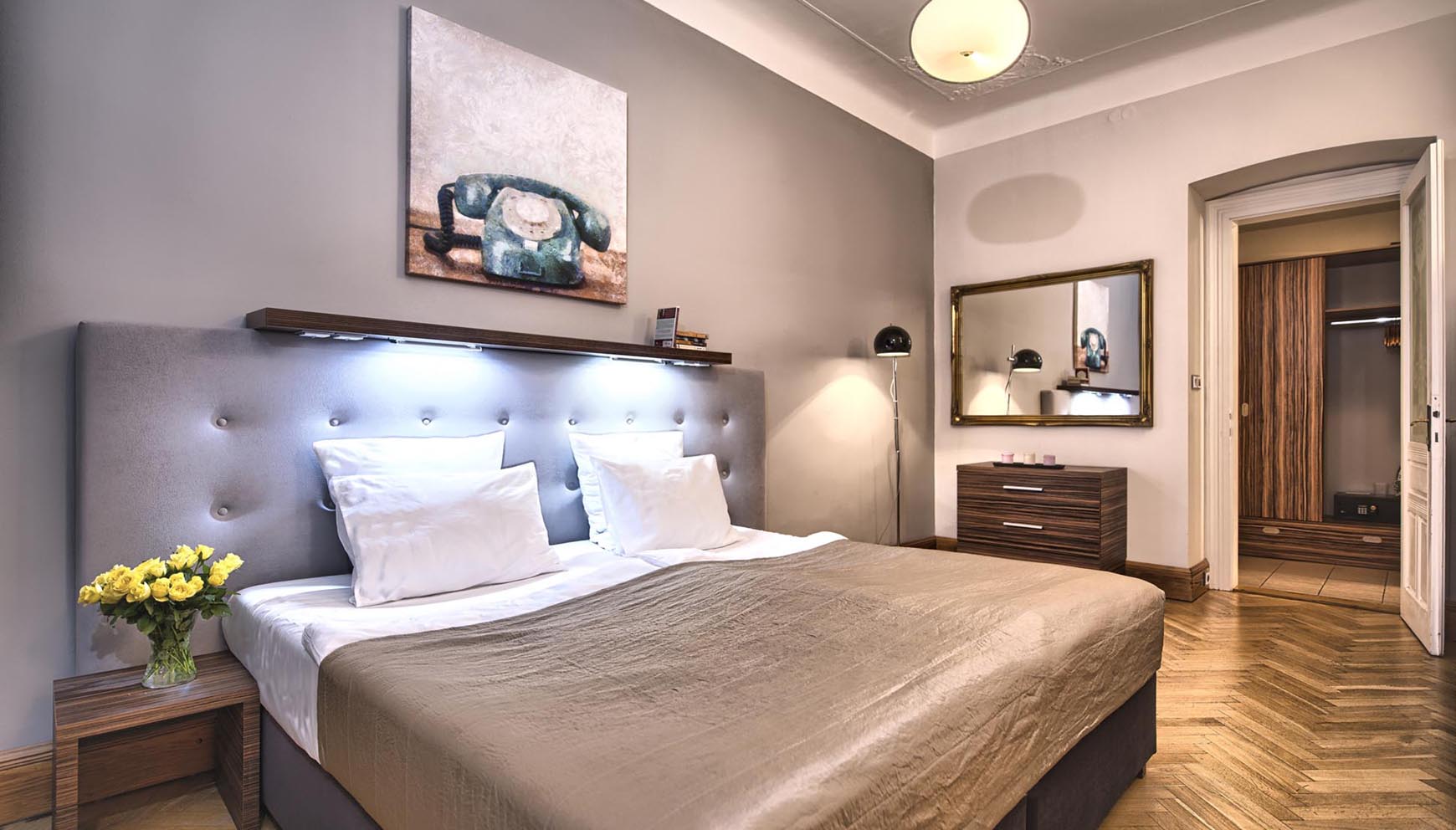Finding the Perfect 1-Bedroom Apartment for Two

Moving in with a partner can be an exciting new chapter, but finding the right apartment to share can be a challenge, especially if you’re limited to a 1-bedroom space. A 1-bedroom apartment can be a cozy and affordable option for couples, but it requires careful planning and organization to ensure a comfortable and functional living space.
Maximizing Space in a 1-Bedroom Apartment, 1 bedroom apartment for 2 people
A 1-bedroom apartment presents a unique set of spatial challenges, but with smart planning and a few creative solutions, you can make the most of your living space. Here are some tips to maximize space in a 1-bedroom apartment for two:
- Invest in Multi-Functional Furniture: Look for furniture that serves multiple purposes, like a sofa bed, a coffee table with storage, or a dining table that can double as a desk. This maximizes functionality while minimizing the footprint of your furniture.
- Vertical Storage: Utilize vertical space by incorporating shelves, wall-mounted organizers, and storage baskets. This helps keep belongings off the floor and maximizes the usable floor space.
- Open Shelving: Opt for open shelving instead of bulky cabinets to create a more spacious and airy feel. This also allows for easy access to items and helps visually expand the space.
- Minimalist Approach: Consider adopting a minimalist approach to decor and belongings. This involves decluttering regularly and keeping only essential items, creating a less cluttered and more spacious feel.
- Mirrors: Strategically placed mirrors can reflect light and create the illusion of more space, making the room feel larger and brighter.
Essential Furniture and Appliances
Having the right furniture and appliances is crucial for creating a comfortable and functional living space in a 1-bedroom apartment for two. Here’s a checklist of essential items:
- Comfortable Bed: A good-quality mattress and bed frame are essential for a restful night’s sleep. Consider a queen-sized bed for optimal comfort and space.
- Sofa Bed: A sofa bed provides a comfortable seating area during the day and an extra sleeping space for guests or occasional use.
- Dining Table and Chairs: Choose a compact dining table and chairs that fit comfortably in the space, allowing for enjoyable mealtimes and working from home.
- Storage Solutions: Invest in storage solutions like dressers, wardrobes, and shelves to organize belongings and keep the space tidy.
- Kitchen Appliances: Ensure you have essential kitchen appliances like a refrigerator, stove, microwave, and dishwasher (if space allows) for easy meal preparation.
Living Comfortably in a 1-Bedroom Apartment for Two: 1 Bedroom Apartment For 2 People

Living in a 1-bedroom apartment with your partner can be a wonderful experience, filled with cozy moments and shared memories. However, maximizing space and functionality is crucial to ensure a comfortable and enjoyable living experience. This blog post will provide practical tips for creating a functional and stylish shared living space, as well as discuss the importance of communication and compromise in small spaces.
Designing a Space-Maximizing Layout
The key to making a 1-bedroom apartment feel spacious and functional is to create a layout that maximizes every inch of space. This means considering the flow of the apartment and utilizing multi-functional furniture.
Here are some tips for designing a space-maximizing layout:
- Create a Defined Bedroom Area: While a bedroom is already a defined space, consider using a room divider, a bookshelf, or a large piece of furniture to create a more distinct sleeping area. This helps to separate the bedroom from the living area and creates a sense of privacy.
- Use Multi-Functional Furniture: Invest in furniture that serves multiple purposes, such as a sofa bed, a coffee table with storage, or a bed frame with built-in drawers. This helps to minimize clutter and maximize storage space.
- Vertical Storage: Utilize vertical space by incorporating tall shelves, floating shelves, or wall-mounted organizers. This is a great way to store items out of sight and create a clean and organized look.
- Open Concept Living: If possible, consider an open-concept layout that combines the living room and dining area. This creates a sense of spaciousness and allows for more natural light to flow through the apartment.
Creating a Shared Living Space
Creating a shared living space that is both comfortable and stylish requires careful planning and consideration of both partners’ preferences. It’s essential to find a balance between individual needs and shared goals.
Here are some tips for creating a shared living space:
- Neutral Color Palette: Start with a neutral color palette for the walls and furniture. This provides a clean backdrop for personal touches and allows for flexibility in decorating over time.
- Personal Touches: Incorporate personal touches that reflect both partners’ personalities and interests. This could include artwork, plants, decorative items, or family photos.
- Shared Spaces: Designate specific areas for shared activities, such as a reading nook, a shared workspace, or a designated movie-watching area. This helps to create a sense of togetherness and encourages shared experiences.
- Storage Solutions: Implement a system for storing personal belongings and shared items. This could involve designated shelves, drawers, or baskets. Clear labeling and organization are key to maintaining a tidy and efficient space.
The Importance of Communication and Compromise
Sharing a small space with another person requires open communication and a willingness to compromise. It’s essential to have honest conversations about expectations, preferences, and personal needs.
- Set Boundaries: Discuss and agree on boundaries for personal space and shared spaces. This could include designated areas for personal belongings, quiet time, or specific activities.
- Respect Each Other’s Needs: Recognize that everyone has different needs and preferences. Be respectful of each other’s schedules, habits, and personal space.
- Compromise: Be willing to compromise on design choices, storage solutions, and daily routines. Find solutions that work for both partners and create a harmonious living environment.
